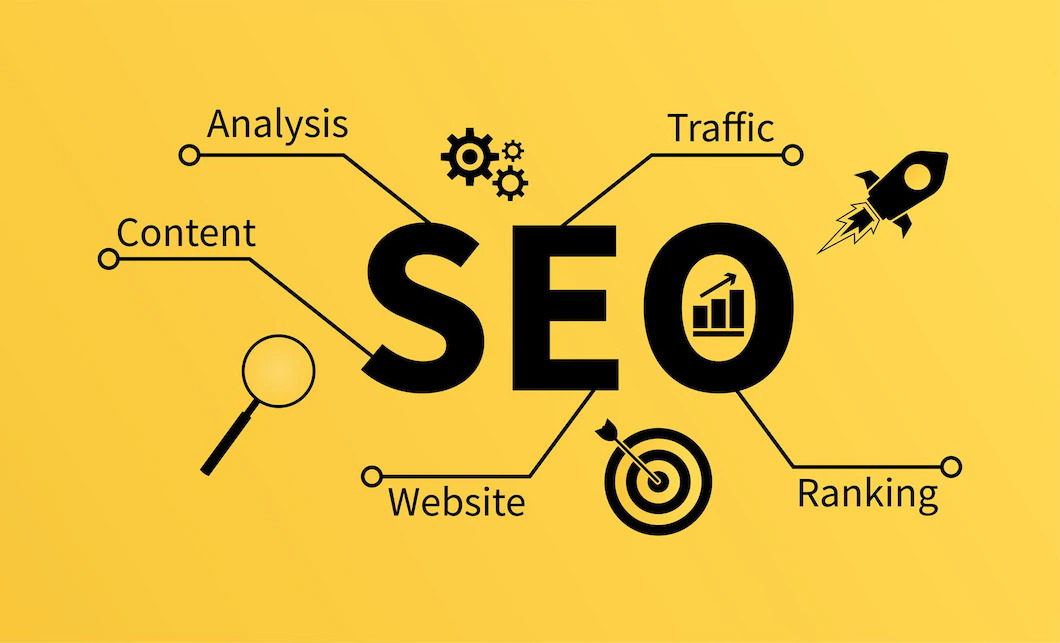When we delve into the realm of Search Engine Optimization (SEO), the pivotal distinction between Off-Page and On-Page SEO emerges. Today, we will explore the 15 most crucial elements of on-page SEO.
Before we delve into these elements, let’s first grasp what On-Page SEO entails and why it holds such significance. In the world of Digital Marketing and SEO, On-Page SEO is the process of optimizing a web page to attain superior results in SERPs (Search Engine Result Pages) for that specific page. Enhanced SERP rankings directly impact a business’s sales, making it a vital aspect of online success.
Another core motive behind this optimization is to enhance the user experience, ultimately increasing the likelihood of users making purchases of products or services from a particular website.
Let’s now briefly examine the key elements that contribute to the improvement of a website’s On-Page SEO.
- Content: The content of a webpage takes center stage in on-page optimization. Search engines favor websites with unique and high-quality content over those with low-quality materials. High readability, usefulness, and uniqueness of content elevate a website’s on-page SEO. Learning to craft high-quality content often requires enrolling in Content Marketing classes.
- Meta Title or Title Tag: The title tag, an HTML element, ranks among the most critical on-page SEO factors. This tag specifies a web page’s title and appears on SERPs. Each webpage should have a unique title tag containing its most important keywords. The recommended length is no more than 60 characters (including spaces).
- Meta Description: Another vital on-page SEO component is the Meta Description, a concise description of up to 160 characters (including spaces) summarizing a webpage’s content. It’s also displayed in SERPs and should be unique for each page, incorporating relevant keywords.
- Header Tags: Header tags play a significant role in boosting a webpage’s SEO. These tags, including H1, H2, H3, H4, H5, and H6, define the most crucial headings on a webpage. Using important keywords in H1 and H2 header tags enhances a webpage’s SEO.
- Image Alt Tags: As search engines cannot interpret images, Alt tags describe images for search engines. Using Alt tags for all website images improves the website’s search engine ranking.
- SEO-Friendly URL Structure: Internal page URLs should follow SEO-friendly guidelines, incorporating the primary keyword and avoiding special characters or numeric values. Hyphens should be used to separate words in the URL.
- Image Optimization: Optimizing images is essential to ensure fast page loading. Image optimization involves compressing images while maintaining quality.
- Website Speed: Website speed significantly impacts user experience and search engine ranking. Google favors faster-loading sites and penalizes slow ones. Use “Google Pagespeed Insights” to check your website’s speed.
- Mobile Friendliness or Responsiveness: With the prevalence of smartphones, a mobile-friendly and responsive website is imperative for broader search engine exposure.
- Robots & XML Sitemap: XML sitemaps assist search engines in indexing web pages, while robots.txt files specify which pages should be crawled or not. These two should work harmoniously to avoid conflicts in URL crawling and indexing.
- Keyword Density: Keyword density measures the percentage of a keyword in webpage content. It’s calculated by dividing the total keyword instances by the total words in the content, then multiplying by 100. Aim for a keyword density between 3% to 4.5%.
- Text-to-HTML Ratio: This ratio evaluates the amount of text on a webpage relative to the HTML code required to display it. It should range between 25% to 70%.
- Canonical Tag: A canonical tag informs search engines which URL is the master copy of a webpage, resolving duplicate content issues. It specifies which version of a webpage URL should appear in SERPs.
- Internal Linking: Internal linking involves connecting one webpage of a site to another, enhancing the website’s SEO.
- Structured Data: Search engines utilize structured data to generate rich snippets for a webpage’s content in their result pages.
Having explored these 15 vital elements of On-Page SEO, you’re better equipped to enhance your website’s search engine performance.

